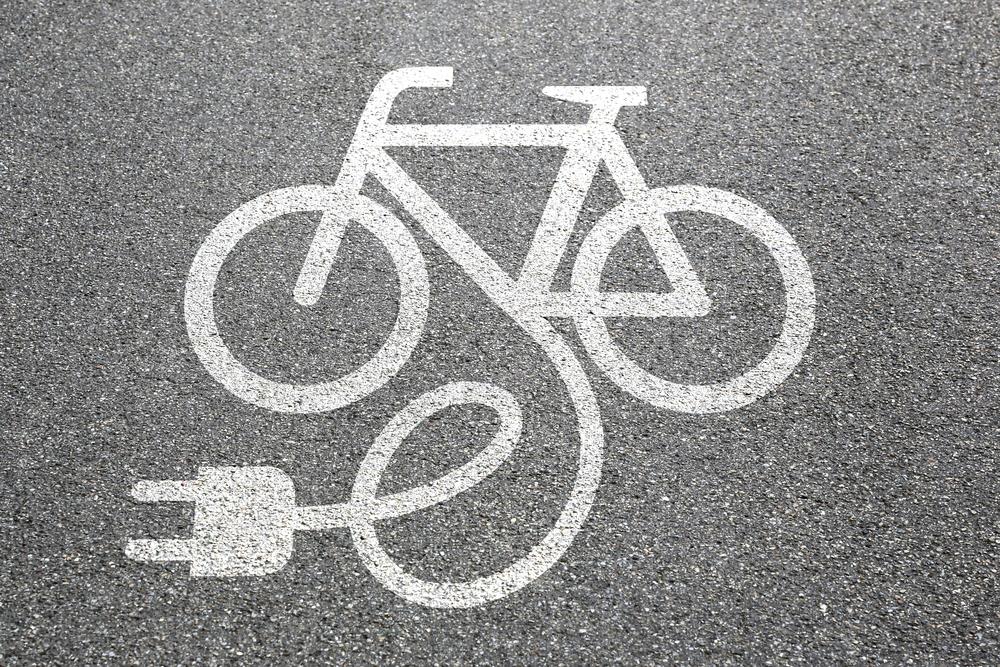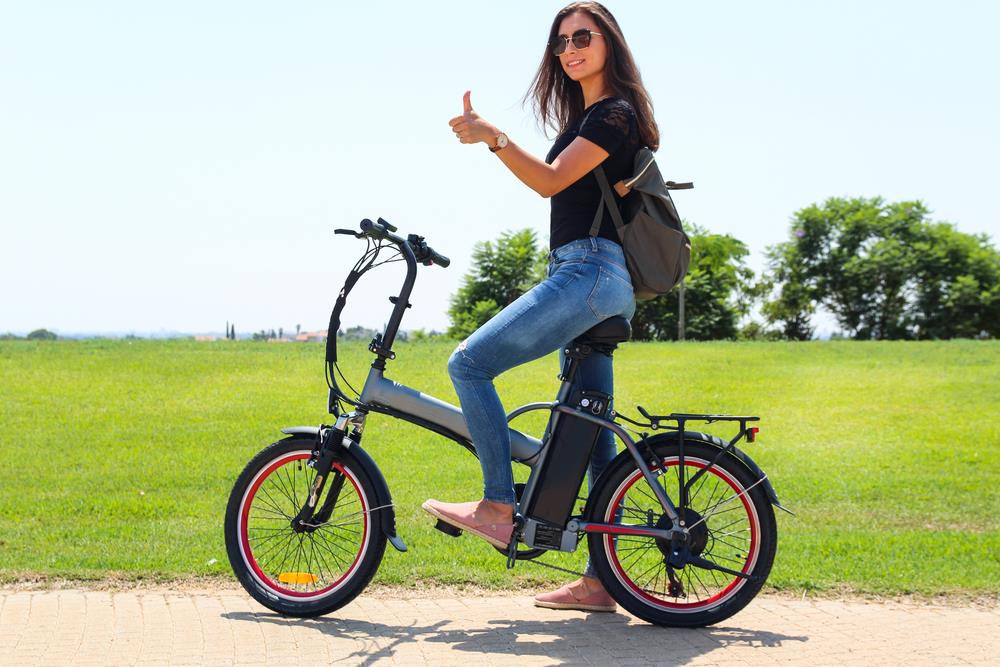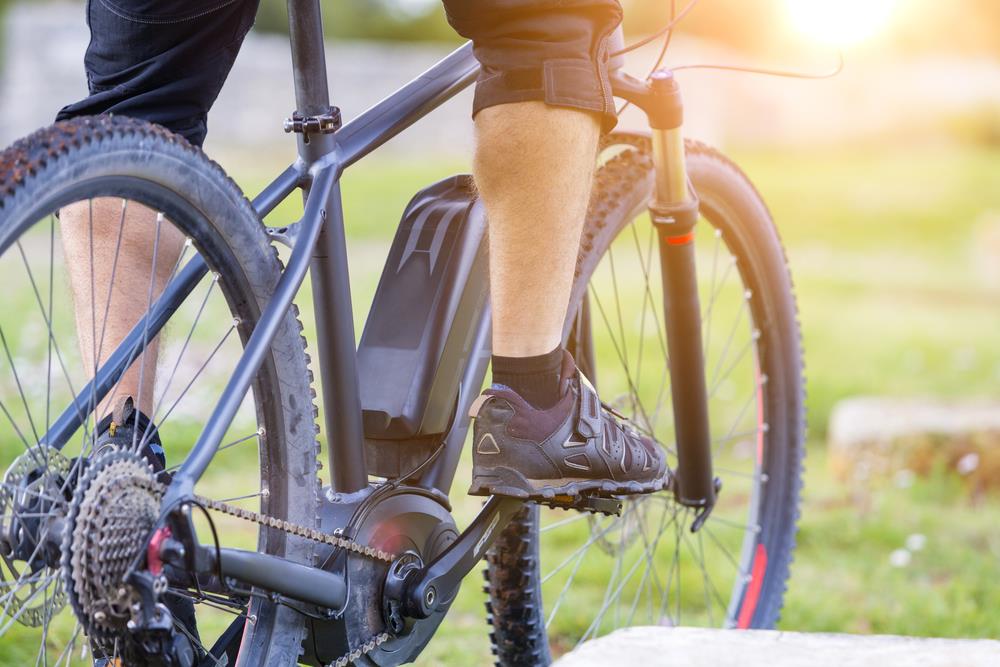
The sales of electric bikes, or rather, of bicycles of assisted pedaling (PAS), grow from year to year.
This designation is correct since it is not exactly a bicycle equipped with an electric motor to use. In this case, this bikes would have another name.
Namely: bicycle + motor = moped. On an electric bicycle (I will use the term because obviously it is the most practical and has been adopted from the beginning), the engine is put into operation only when pedaled, that is, it works to add its effort to that of the cyclist.
As soon as you stop pedaling, it is deactivated. This is necessary from a legal point of view so that they can be used without any permission and do not enter the territory of motorcycles.
The characteristics of these bikes are:
- As we have already seen, the motor is an assistance to the pedaling. Therefore they do not have an accelerator;
- it has a maximum of 250 W of power, and it disconnects automatically when reaching the speed of 25 Km / h.
The components added to the traditional bike are the engine, a rechargeable battery, a pedaling receiver, a controller that works according to the information that comes from the receiver and an indicator that informs at least the amount of load of the bike. Battery.
The engine is usually housed in the front or rear hub, but it can also be in the bottom bracket.
The battery is the essential element of the bike. The autonomy, that is, the duration of the load, obviously depends on the type of terrain and the cyclist, as well as the type of battery, but to get an idea is between 20 and 70 km, even reaching 100.
The useful life (unfortunately you have to change it every so often) is between 350, and 1,000 recharges.

The different types are:
- Lead batteries (Pb). They are the cheapest but also the heaviest, by far. However, they have no memory effect. They accuse the cold more. They can be tilted but not inverted. Lifespan: about 500 refills.
- Ni-Cadmium batteries (Ni-Cd). Lighter and also more expensive. They have a memory effect (they have to be downloaded entirely before being recharged). Almost in disuse, they are being replaced by those of Lithium. Lifespan: from 500 refills (loss of 20%) to 1,000 (decline of 40%); from 3 to 4 years depending on the use.
- Ni-Mh batteries. Similar to Ni-Cd but accumulate more power equal volume. They also do not contain cadmium, which is a heavy metal. Suffer less the memory effect. They are more expensive. Lifespan: from 500 refills (loss of 20%) to 1,000 (loss of 40%).
- Lithium Batteries (Li-ion or Li-Polymer). The most advanced and currently used. They have the best weight/power ratio, great flexibility of use, have no memory effect and possess high instantaneous power. The price is its weak point. Lifespan: from 500 to 1,000 recharges (Li-Ion); from 3 to 5 years, depending on the use.
How does an electric bicycle work?

It is straightforward. With a key switch, the system starts up. The engine is activated by pedaling, and its assistance varies automatically depending on the speed. It usually is more critical at start-up, when it is most needed and decreases with speed, where inertia, at least on flat terrain, does not make it almost necessary, to the point of stopping when exceeding 25 km / h.
As we have said, we will have motor assistance for 20 to 70 km. Once the battery is exhausted, the bike will work as a regular bike; only we will be weighed down by the weight of the assistance system. Depending on the model, the systems are more or less complicated and adjustable. There are even models that allow a recharge of the battery in the descents but to the detriment of the speed.
The engine is of fundamental interest, in the start, the slopes, routes with face wind or weight transport (a child, a cart, etc.). With these bikes pedals equal, but with much less effort (that they tell me when in a bike lane giving everything I was overtaken by a lady of about 60 years who just needed to whistle).
Advantages of the electric bicycle:
- overcome slopes and face wind with much less effort;
- allow commuting to work without getting drenched in sweat (this is an advantage rather for others hehe);
- enable daily journeys of greater distance;
- make the bike accessible to everyone, regardless of age or physical condition.
Disadvantages:
- The weight when transporting it (for example to climb stairs). However, this extra weight added by the PAS system, which ranges from 6 to 20 kg, will not be noticed during the pedaling while the battery lasts;
- the obligation to recharge the battery and replace it at the end of its useful life;
- less exercise is done than on the regular bike (which will be an advantage for some of them);
- The price, much higher. However, if it is used to replace the car or urban transport for daily commutes, we will end up amortizing it;
- It is advisable to protect them with an excellent antitheft (not less than 80 or 100 euros, since these bikes, pass 1,000 easily).
In addition to an eminently urban use, these bikes can also be suitable for Sunday walks, especially for people who do not like sports or with any health problem.
Motorization of our bike

For those who are interested in having one, but do not want to spend a dough to buy it, there is the possibility of motorizing a standard bike.
This can be done through the kits of different brands that are on sale and include: the engine (usually a wheel that integrates it into the bushing, which will only have to be replaced by the standard wheel ), the battery (easy to fix to a carrier or with its own fixing system), the control system and the wiring.
These kits are, nevertheless, carillons, but in any case, they cost less than a new one, they allow us to continue using our beloved bike as usual, and it will surely be lighter than an electric one of average price.
Regarding the future of the electric bike, although its sales will increase for a long time (even more with the improvement of its benefits and the decrease in prices), I do not think they will seriously compete with the standard bicycle in the city as a means of transport alternative. The target audience, in fact, I think it’s different.
Its potential users are more in an audience that is looking for a practical means of transport, fast and cheap, without being too interested in the bike as a playful element as well as-as a means of transportation. Or in people of a certain age or with a physical condition that does not allows your every day comfortably on a standard bike.
The electric bike will give you the possibility to move faster than by car to little traffic there is. Note that this is not a criticism, on the contrary. Car, motorcycle or bus and did not consider the bike as an alternative, opt for the electric bike with the following environmental benefit for society. In this way, they can contribute a lot to the improvement of the quality of life in our cities.
